Author Photo And Bio
 1. Beloved by Toni Morrison (1987). It’s a choice no mother should have to make. In 1856, escaped slave Margaret Garner decided to kill her infant daughter rather than return her to slavery. Her desperate act created a national sensation. Where Garner’s true-life drama ends, Beloved begins. In this Pulitzer Prize–winning novel, the murdered child, Beloved, returns from the grave years later to haunt her mother Sethe. Aided by her daughter Denver and lover Paul D, Sethe confronts the all-consuming guilt precipitated by the ghostly embodiment of her dead child. Rendered in poetic language, Beloved is a stunning indictment of slavery “full of baby’s venom.”
1. Beloved by Toni Morrison (1987). It’s a choice no mother should have to make. In 1856, escaped slave Margaret Garner decided to kill her infant daughter rather than return her to slavery. Her desperate act created a national sensation. Where Garner’s true-life drama ends, Beloved begins. In this Pulitzer Prize–winning novel, the murdered child, Beloved, returns from the grave years later to haunt her mother Sethe. Aided by her daughter Denver and lover Paul D, Sethe confronts the all-consuming guilt precipitated by the ghostly embodiment of her dead child. Rendered in poetic language, Beloved is a stunning indictment of slavery “full of baby’s venom.”
 2. The Brothers Karamazov by Fyodor Dostoevsky (1880). In perhaps the consummate Russian novel, Dostoevsky dramatizes the spiritual conundrums of nineteenth-century Russia through the story of three brothers and their father’s murder. Hedonistic Dmitri, tortured intellectual Ivan, and saintly Alyosha embody distinct philosophical positions, while remaining full-fledged human beings. Issues such as free will, secularism, and Russia’s unique destiny are argued not through authorial polemic, but through the confessions, diatribes, and nightmares of the characters themselves. An unsparing portrayal of human vice and weakness, the novel ultimately imparts a vision of redemption. Dostoevsky’s passion, doubt, and imaginative power compel even the secular West he scorned.
2. The Brothers Karamazov by Fyodor Dostoevsky (1880). In perhaps the consummate Russian novel, Dostoevsky dramatizes the spiritual conundrums of nineteenth-century Russia through the story of three brothers and their father’s murder. Hedonistic Dmitri, tortured intellectual Ivan, and saintly Alyosha embody distinct philosophical positions, while remaining full-fledged human beings. Issues such as free will, secularism, and Russia’s unique destiny are argued not through authorial polemic, but through the confessions, diatribes, and nightmares of the characters themselves. An unsparing portrayal of human vice and weakness, the novel ultimately imparts a vision of redemption. Dostoevsky’s passion, doubt, and imaginative power compel even the secular West he scorned.
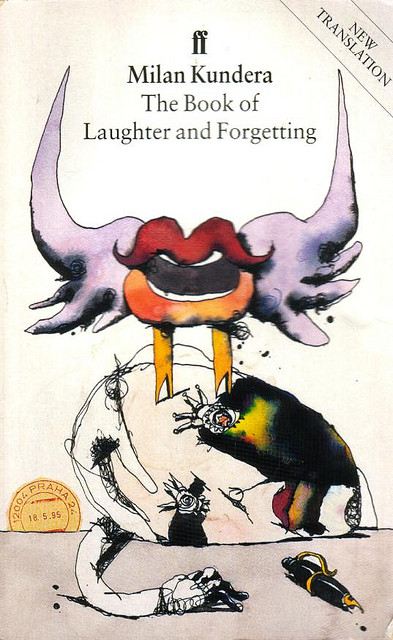 3. The Book of Laughter and Forgetting by Milan Kundera (1978). A pastiche that deliberately recalls the narrative games of Tristram Shandy, this novel uses seven thematically linked tales (as well as forays into philosophy, musicology, literary criticism, and autobiography) to explore the permeable borders between Eastern and Western Europe, eroticism and banal libertinism, and the public versus the private, which Kundera sees as the shrinking, doomed cradle of civilization.
3. The Book of Laughter and Forgetting by Milan Kundera (1978). A pastiche that deliberately recalls the narrative games of Tristram Shandy, this novel uses seven thematically linked tales (as well as forays into philosophy, musicology, literary criticism, and autobiography) to explore the permeable borders between Eastern and Western Europe, eroticism and banal libertinism, and the public versus the private, which Kundera sees as the shrinking, doomed cradle of civilization.
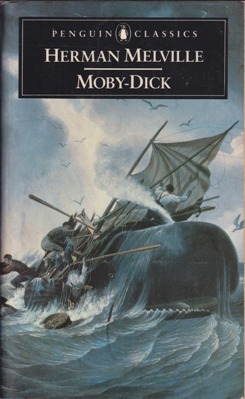 4. Moby-Dick by Herman Melville (1851). This sweeping saga of obsession, vanity, and vengeance at sea can be read as a harrowing parable, a gripping adventure story, or a semiscientific chronicle of the whaling industry. No matter, the book rewards patient readers with some of fiction’s most memorable characters, from mad Captain Ahab to the titular white whale that crippled him, from the honorable pagan Queequeg to our insightful narrator/surrogate (“Call me”) Ishmael, to that hell-bent vessel itself, the Pequod.
4. Moby-Dick by Herman Melville (1851). This sweeping saga of obsession, vanity, and vengeance at sea can be read as a harrowing parable, a gripping adventure story, or a semiscientific chronicle of the whaling industry. No matter, the book rewards patient readers with some of fiction’s most memorable characters, from mad Captain Ahab to the titular white whale that crippled him, from the honorable pagan Queequeg to our insightful narrator/surrogate (“Call me”) Ishmael, to that hell-bent vessel itself, the Pequod.
 5. The Green House by Mario Vargas Llosa (1965). (See David's appreciation below.)
5. The Green House by Mario Vargas Llosa (1965). (See David's appreciation below.)
 6. Blood Meridian: Or the Evening Redness in the West by Cormac McCarthy (1985). D. H. Lawrence famously remarked that the archetypal American hero was a stoic, a loner, and a killer. Cormac McCarthy’s tale of the formation and dissolution of a band of scalp hunters in northern Mexico in the late 1840s embodies that dire maxim. Led by a soldier named Glanton and a mysterious, hairless, moral monstrosity known as the “Judge,” these freebooters wipe out Indians, Mexicans, and each other amidst a landscape of such sublime desolation one feels it leaching into their very souls.
6. Blood Meridian: Or the Evening Redness in the West by Cormac McCarthy (1985). D. H. Lawrence famously remarked that the archetypal American hero was a stoic, a loner, and a killer. Cormac McCarthy’s tale of the formation and dissolution of a band of scalp hunters in northern Mexico in the late 1840s embodies that dire maxim. Led by a soldier named Glanton and a mysterious, hairless, moral monstrosity known as the “Judge,” these freebooters wipe out Indians, Mexicans, and each other amidst a landscape of such sublime desolation one feels it leaching into their very souls.
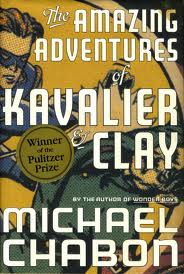 7. The Amazing Adventures of Kavalier & Clay by Michael Chabon (2000). The golden age of comics and the Holocaust power this Pulitzer Prize–winning saga about two Jewish cousins in Brooklyn who create the Nazi-bashing superhero, the Escapist. Through the tragic, comic, often superhuman adventures of Joe Kavalier —a refugee determined to rescue the relatives he left behind in Nazi-controlled Czechoslovakia —and Sammy Clay, Chabon weaves a lyrical and magical tale about war and mysticism; the connections between love, fear, hope, and art; and the nature of escape.
7. The Amazing Adventures of Kavalier & Clay by Michael Chabon (2000). The golden age of comics and the Holocaust power this Pulitzer Prize–winning saga about two Jewish cousins in Brooklyn who create the Nazi-bashing superhero, the Escapist. Through the tragic, comic, often superhuman adventures of Joe Kavalier —a refugee determined to rescue the relatives he left behind in Nazi-controlled Czechoslovakia —and Sammy Clay, Chabon weaves a lyrical and magical tale about war and mysticism; the connections between love, fear, hope, and art; and the nature of escape.
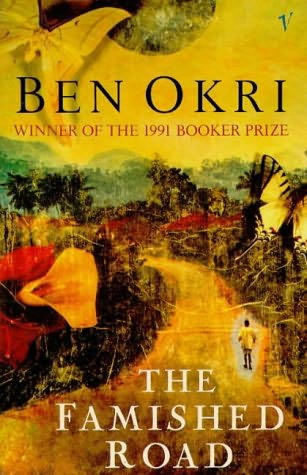 8. The Famished Road by Ben Okri (1991). Azaro, the hero of Nigerian-born Okri’s spellbinding and hallucinatory novel, is a spirit child, or abiku, born to mortals. Though other spirits insist that he return to their comfy land, he chooses to stand by his suffering mother and bombastic, foolhardy father amid the poverty, violence, and instability of modern Africa. “It is more difficult to love than to die,” Azaro’s father says in this Booker Prize–winning novel that is equal parts dark mythology and political satire.
8. The Famished Road by Ben Okri (1991). Azaro, the hero of Nigerian-born Okri’s spellbinding and hallucinatory novel, is a spirit child, or abiku, born to mortals. Though other spirits insist that he return to their comfy land, he chooses to stand by his suffering mother and bombastic, foolhardy father amid the poverty, violence, and instability of modern Africa. “It is more difficult to love than to die,” Azaro’s father says in this Booker Prize–winning novel that is equal parts dark mythology and political satire.
 9. Dune by Frank Herbert (1965). Winner of the Hugo and Nebula awards, and one of the best-selling works in science fiction history, Dune is a Shakespearean drama set on a withered planet. Conflict centers on Melange, a miraculous substance that extends life, grants psychic powers, and makes space travel possible. When the emperor transfers authority over this plant from the Harkonnen Noble House to the House Atreides, he sparks a chain of events that encompasses political intrigue, romance, war, and perhaps, the coming of the messiah.
9. Dune by Frank Herbert (1965). Winner of the Hugo and Nebula awards, and one of the best-selling works in science fiction history, Dune is a Shakespearean drama set on a withered planet. Conflict centers on Melange, a miraculous substance that extends life, grants psychic powers, and makes space travel possible. When the emperor transfers authority over this plant from the Harkonnen Noble House to the House Atreides, he sparks a chain of events that encompasses political intrigue, romance, war, and perhaps, the coming of the messiah.
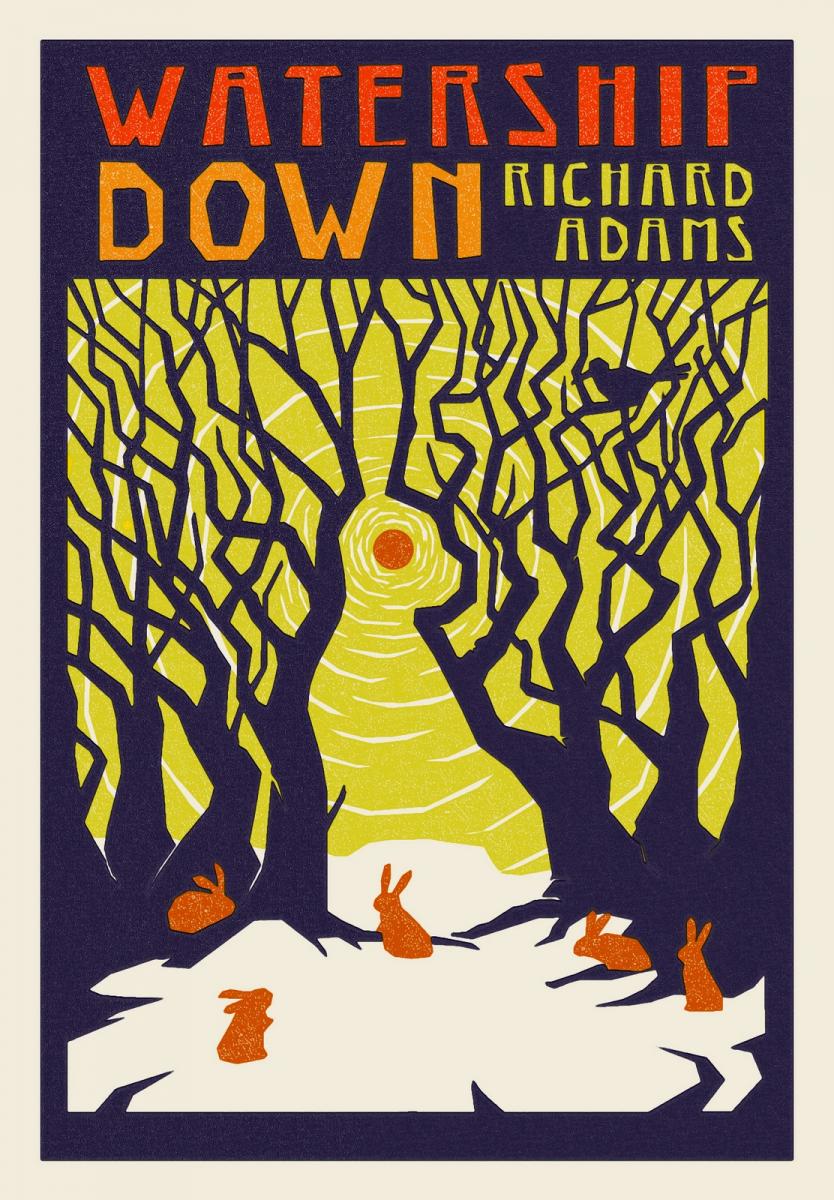 10. Watership Down by Richard Adams (1972). This imaginative epic chronicles the adventures of a band of English rabbits who possess their own language, history, and myth and who are searching for a new home after a human developer has destroyed their old one. Like the fables of Aesop, Watership Down is sneakily dark, full of drama and death and warnings about the fascist tendencies of the modern world, and explores moral ideas, including freedom and responsibility.
10. Watership Down by Richard Adams (1972). This imaginative epic chronicles the adventures of a band of English rabbits who possess their own language, history, and myth and who are searching for a new home after a human developer has destroyed their old one. Like the fables of Aesop, Watership Down is sneakily dark, full of drama and death and warnings about the fascist tendencies of the modern world, and explores moral ideas, including freedom and responsibility.
Appreciation of Mario Vargas Llosa’s The Green House by David Anthony Durham
I remember wandering through the world literature section of my university library, feeling a bit lost, recognizing few names. On the recommendation of my writing instructor I was searching for a Peruvian novelist named Mario Vargas Llosa. I found a coverless edition of The Green House, one with no blurbs, no review quotes, no author photo or biography. The surprises found inside, then, were complete and unforgettable.
With The Green House (1966), Vargas Llosa began to explore the ongoing battle that started the moment European culture collided with that of the Americas. The novel is populated by all segments of Peruvian society: indigenous Indians, people of Latin origins, immigrants cast ashore on Peru for myriad reasons —from nuns and Fathers to prostitutes and pimps. There’s even a Brazilian rubber baron–warlord–leper of Japanese ancestry. It ranges from the depths of the rainforest to windblown desert outposts. It’s a novel in which crimes are committed without remorse, conveyed with the brutal honesty of an author confronting the duplicitous exploitation tainting his nation.
The story is rendered in prose as varied as its cast: inner monologue, assimilated dialogue, objective third person, or an omni scient point of view, with multiple timelines, concurrent plots, and scenes repeated in layering montage. Honestly, it’s rarely an easy read. One can see the influence of Faulkner, of Sartre and Flaubert, but the manner in which Vargas Llosa transmuted Western influences to enrich his tale remains remarkable. And, I wondered, if this Peruvian writer could do this, what else might be happening out there? By inspiring that question The Green House drew me into a much more complete world of literature. I’ve been grateful to Vargas Llosa ever since.